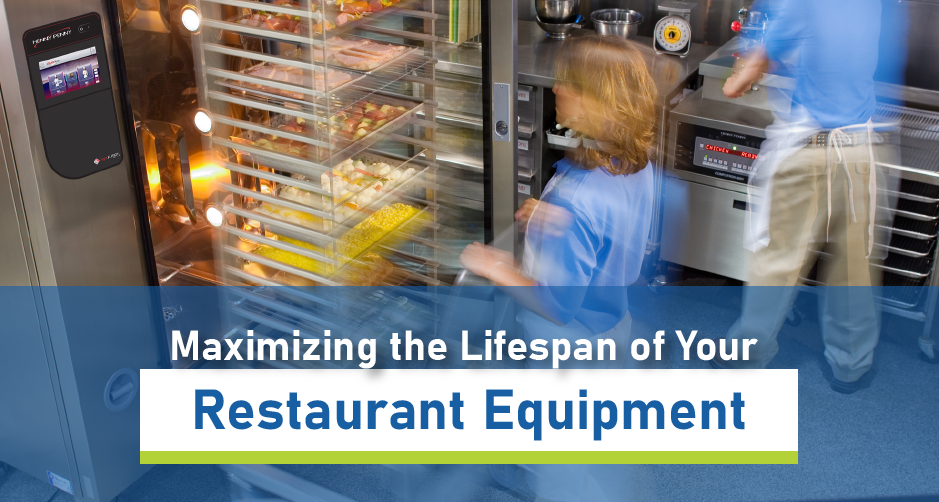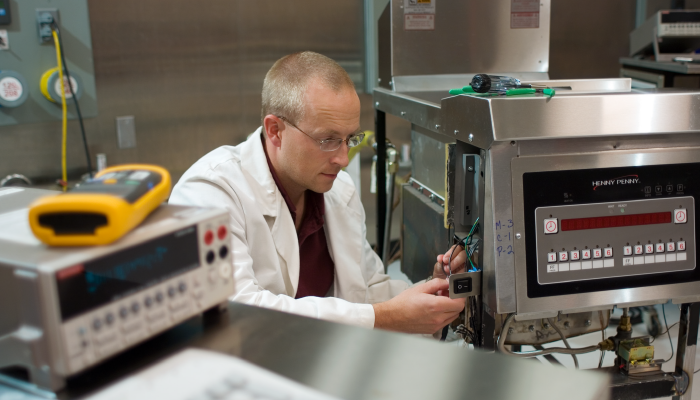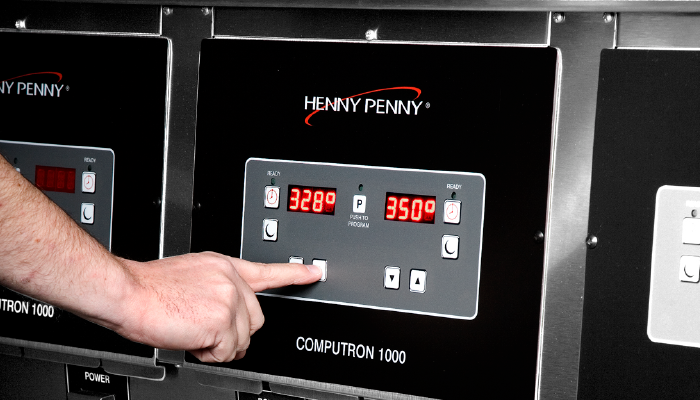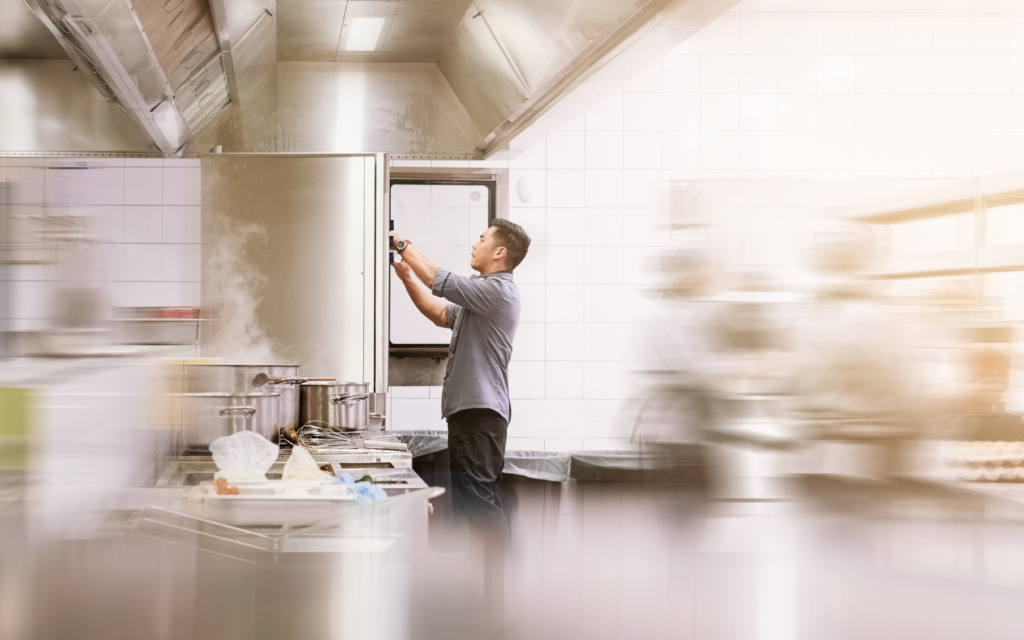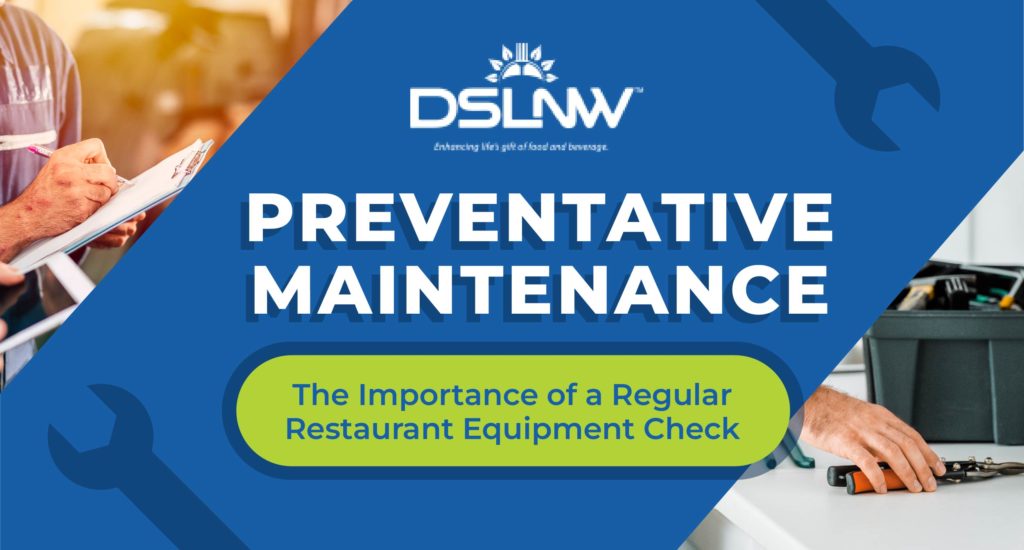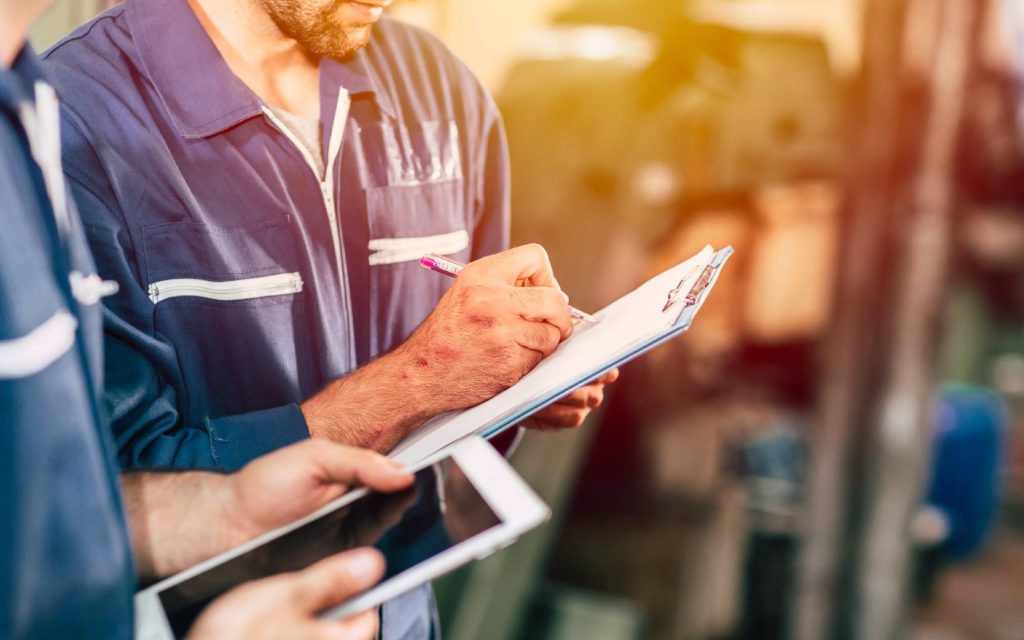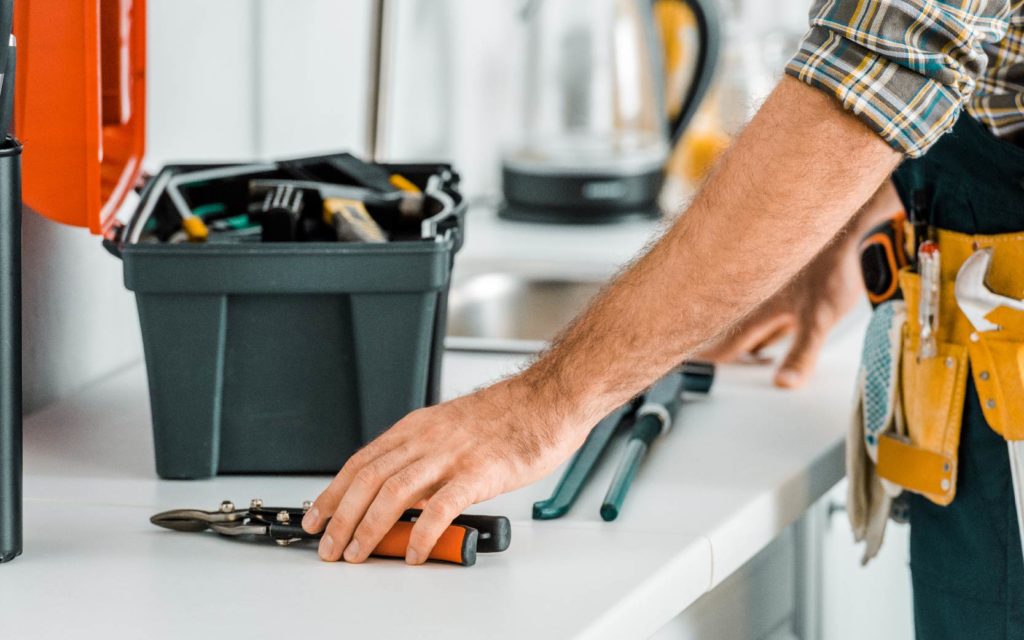Investing in restaurant equipment is a major financial commitment and it is essential that restaurants take steps to ensure that their equipment lasts as long as possible. Through proper maintenance and care, restaurant owners can get the most out of their equipment, avoid the need for costly replacements and repairs, and maximize their return on investment. The following are some tips to maintain and extend the life of any restaurant equipment.
1. Proper Cleaning
Regular cleaning is essential to maintain the integrity of your restaurant equipment. This includes cleaning and sanitizing surfaces and removing and debris that may accumulate on the equipment. A daily cleaning routine can help prevent the buildup of grime, grease, and food particles that can lead to equipment failure and a shorter lifespan.
2. Routine Maintenance
Routine maintenance is essential for every kitchen equipment to function at its best. Regular maintenance ensures that equipment remains in good condition and that any potential issues are addressed before they become serious problems. Schedule routine maintenance checks and make sure to have a professional technician perform any necessary repairs or maintenance.
3. Equipment Inspections
Regular equipment inspections are important to detect problems early on. An inspection can help identify any issues before they become more severe and can save restaurant owners money on repairs or replacements. Inspections can also ensure that all equipment is functioning as intended, and that any safety hazards are addressed promptly.
4. Proper Use and Storage
Proper use and storage can also help extend the lifespan of any restaurant equipment. Avoid overloading any equipment and make sure that it is only used for its intended purpose. Store smaller equipment in a dry and cool place and protect them from moisture or extreme heat.
All in all, regularly maintaining restaurant equipment can prolong its usefulness and save restaurant owners money in the long run. Cleaning, doing regular maintenance, inspections, and using the equipment correctly are all necessary to get the most out of each piece of restaurant equipment. By following these tips, restaurant owners can ensure that their equipment remains in good condition and continues to provide excellent service for years to come.
At DSL Northwest, we provide scheduled and routine maintenance or inspections for restaurants with the goal to prevent their businesses from having downtimes and maximize their business’ success. For inquiries on preventative maintenance, you may contact our team directly at 877-65-1125 or email us at sales@dsl-nw.com.
